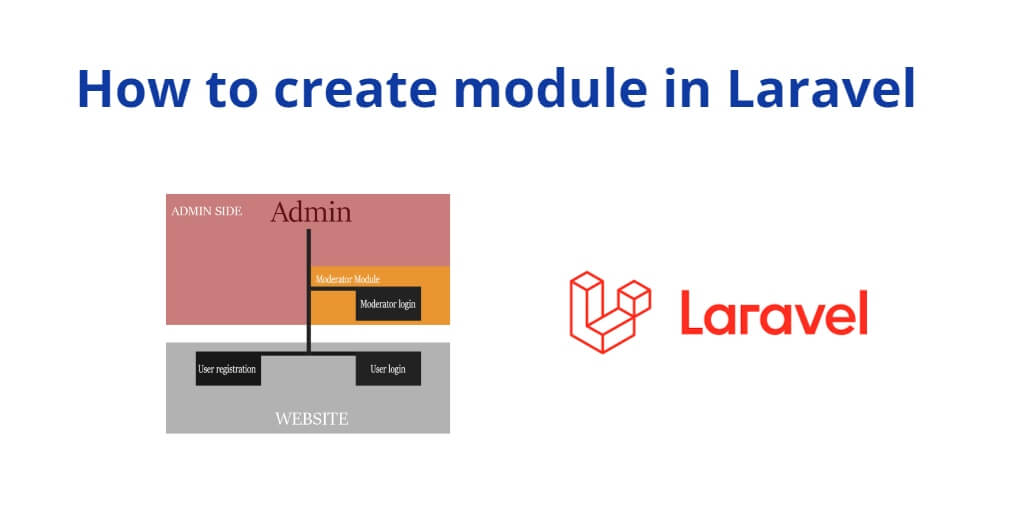One of the key features of Laravel is its modular structure, which allows developers to break down complex applications into smaller, more manageable pieces.
Laravel modules example; In this tutorial, you will learn how to create and use modules system in laravel 10, 9, and 8, apps.
Before you dive into how to create modules in Laravel, let’s first discuss why you would want to do so. Here are some reasons:
- Organization: Modules allow you to organize your code into logical units, making it easier to maintain and update.
- Reusability: Modules can be reused across different projects or even within the same project, reducing the amount of code duplication.
- Scalability: Modules make it easier to scale your application by breaking it down into smaller, more manageable pieces.
- Collaboration: Modules make it easier for multiple developers to work on the same project, as they can each focus on a specific module.
Now, To covered why you would want to create modules in Laravel, let’s move on to how to do it.
How to Create & Use Modules in Laravel
Using the below given steps, you can create and use modules in laravel 10, 9, 8 apps:
- Step 1: Create a new Laravel project
- Step 2: Install a package for creating modules
- Step 3: Create a new module
- Step 4: Create a route for your module
- Step 5: Create a controller for your module
- Step 6: Create views for your module
- Step 7: Use your module
Step 1: Create a new Laravel project
To create a new Laravel project, you can use the following command in your terminal:
composer create-project --prefer-dist laravel/laravel project-nameReplace “project-name” with the name of your project.
Step 2: Install a package for creating modules
Laravel does not have built-in support for modules, so you need to install a package to help us create them. The most popular package for this is called “nwidart/laravel-modules”. To install it, run the following command:
composer require nwidart/laravel-modulesStep 3: Create a new module
To create a new module, use the following command:
php artisan module:make module-nameReplace “module-name” with the name of your module. This will create a new directory in your project’s “Modules” directory, which will contain the necessary files for your module.
Step 4: Create a route for your module
To create a route for your module, you can use the following syntax:
Route::get('/module-name', '[ModuleController]@[method]');Replace “[ModuleController]” with the name of your module’s controller, and “[method]” with the name of the method you want to use for this route.
Step 5: Create a controller for your module
To create a controller for your module, use the following command:
php artisan module:make-controller module-name ControllerNameReplace “module-name” with the name of your module, and “ControllerName” with the name you want to give to your controller.
Step 6: Create views for your module
To create views for your module, create a directory with the same name as your module inside the “resources/views” directory. You can then create subdirectories inside this directory to organize your views as needed.
Step 7: Use your module
Now that you have created a module, you can use it in your application by accessing the route you created in step 4.
Conclusion
Creating modules in Laravel is a powerful technique that can help you organize your code, increase reusability, improve scalability, and facilitate collaboration. By following the steps outlined in this article, you can create your own modules and start building more complex and maintainable Laravel applications.
